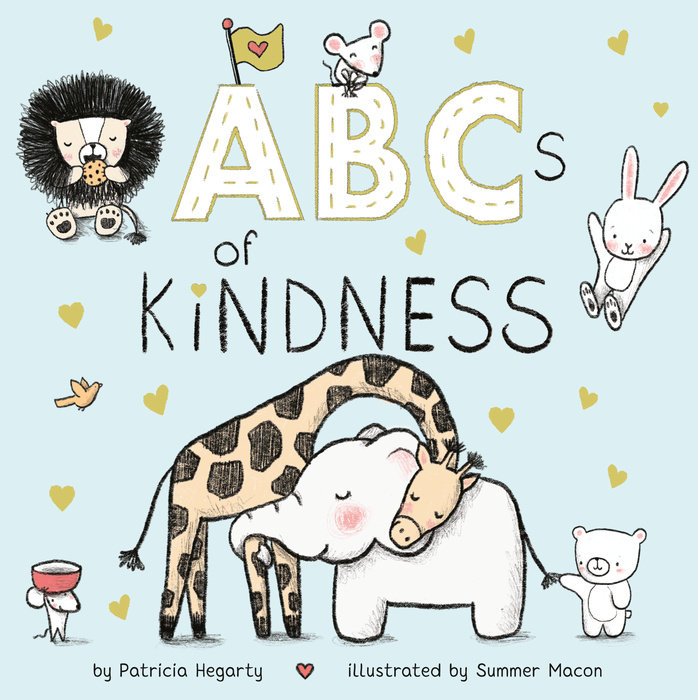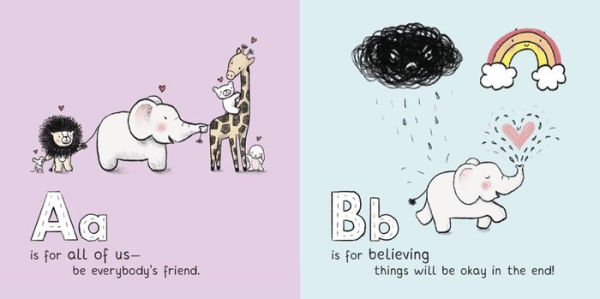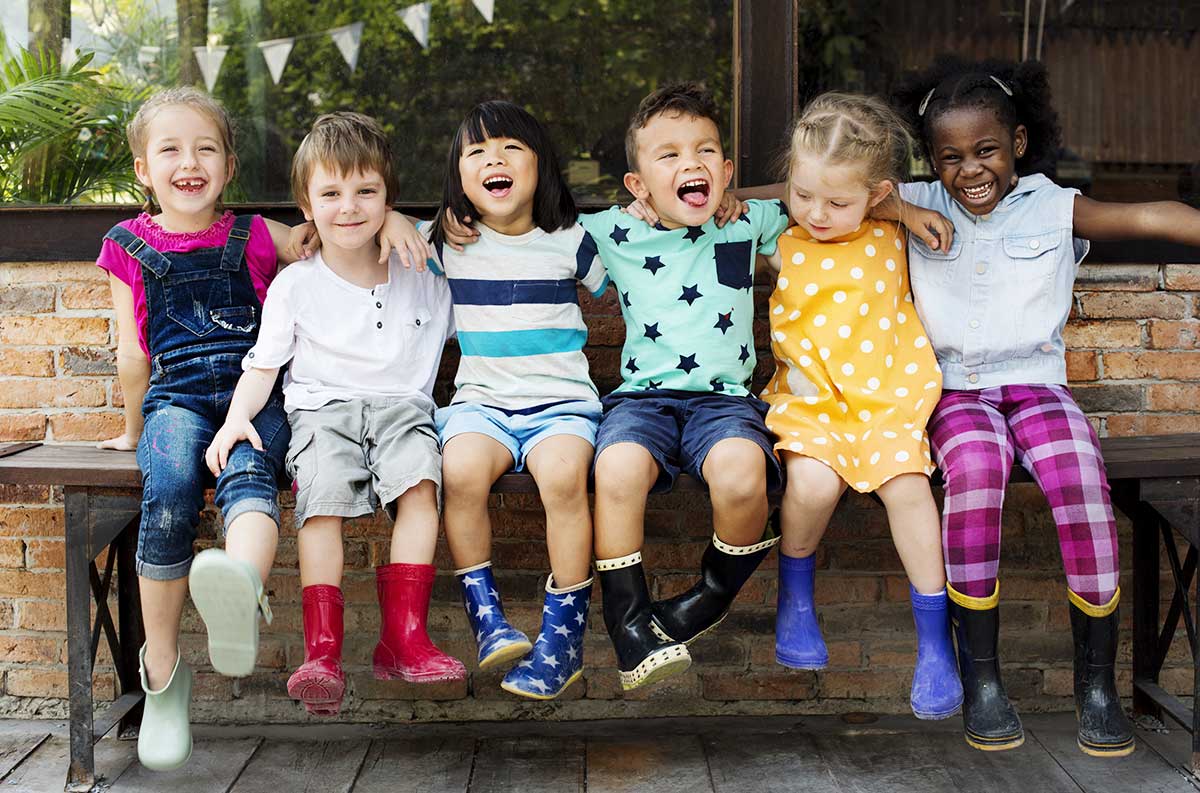
Inclusive Children's Book Teaching Guide
ABCs of Kindness
What is this book about?
A is for all of us—be everybody's friend.
B is for believing things will be okay in the end!
C is for being caring in everything you do.
D is for dear ones who mean the world to you!
Described by Kirkus Reviews as "Light, friendly and not at all preachy—a gentle win for a kinder world," this whimsical board book helps foster social-emotional development by using the letters of the alphabet and rhyming couplets to teach children ages 1–4 about the abstract concept of kindness.
Complete the series with 123s of Thankfulness and Happiness is a Rainbow.
Who is depicted in this book?
- Animals playing together and engaging in acts of kindness
What early childhood themes and concepts does this book explore?
- Examples of generosity and kindness
- Noticing and responding to others’ needs, feelings and struggles
- Ways that we can play together
- Capital letters and the basic vocabulary of kindness are presented and depicted
How does this book support anti-bias education?
This book depicts the early foundations of friendship and allyship—understanding differences, including others, choosing kind words, and helping others in need. The images and text may be used to support the following core goal from Anti-Bias Education for Young Children and Ourselves:
Diversity—Teachers will promote each child’s comfortable, empathetic interaction with people from diverse backgrounds so that children will express comfort and joy with human diversity, use accurate language for human differences, and form deep, caring connections across all dimensions of human diversity.
How can this book be used to meet early childhood learning standards?
For all ages
Use ABCs of Kindness to meet early childhood literacy standards
For children from birth to age three
Teaching suggestion: Point out forms of play, kindness and helping that the animals are engaged in. Encourage the children to point at, name and react to these examples.
What Illinois Early Learning Guideline does this meet for children from birth to age three?
Developmental DomainSocial-Emotional Development
Standard: Relationship with PeersChildren demonstrate the desire and develop the ability to engage and interact with other children.
Indicators for children:
- Begins to engage in parallel play, in closer proximity to other children (7–18 months)
- Begins to engage in simple reciprocal interactions, e.g., rolls a ball back and forth (16–24 months)
- Demonstrates a preference toward select peers (21–36 months)
Teaching suggestion: Encourage the children to notice examples of animals responding to their friends’ needs and emotions.
What Illinois Early Learning Guideline does this meet for children from birth to age three?
Developmental DomainSocial-Emotional Development
Standard: EmpathyChildren demonstrate an emerging ability to understand someone else’s feelings and to share in the emotional experiences of others.
Indicators for children:
- Imitates comforting behaviors (16–24 months)
- Communicates how other children may be feeling and why (21–36 months)
For preschoolers (ages three to five)
Teaching suggestion: Select and share examples of caring and empathy (e.g. pages focusing on the letters C, I, J, K, N, and U). Notice, narrate and introduce vocabulary for these behaviors and their effects.
What Illinois Early Learning and Development Standards does this meet for preschoolers?
Social/Emotional Development Standard31BUse communication and social skills to interact effectively with others.
Benchmark 31.B.ECa:
Interact verbally and nonverbally with other children.
Teaching suggestion: Point out and discuss examples and consequences of acts of kindness and inclusion. Relate these to children’s everyday experiences. Although Learning Standards 30A and 32A are framed almost entirely through examples of “negative” behaviors, rules and consequences, books like this one provide opportunities to identify, teach and discuss behaviors that foster positive relationships and a caring community.
What Illinois Early Learning and Development Standards does this meet for preschoolers?
Social/Emotional Development Standard30AIdentify and manage one’s emotions and behavior.
Benchmark 30.A.ECf:
Begin to understand the consequences of his or her behavior.
See inside this book.

